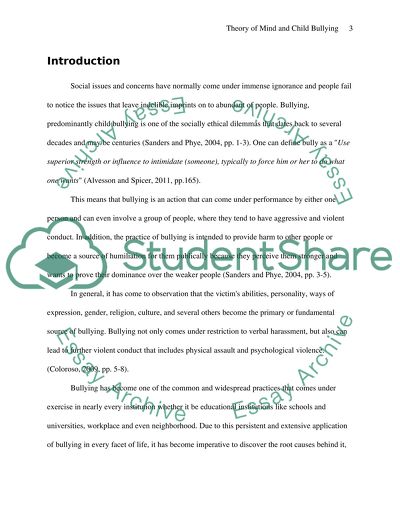Cite this document
(“Theory of Mind and Child Bullying Literature review”, n.d.)
Retrieved from https://studentshare.org/education/1396609-critical-literature-review-on-theory-of-mind-and
Retrieved from https://studentshare.org/education/1396609-critical-literature-review-on-theory-of-mind-and
(Theory of Mind and Child Bullying Literature Review)
https://studentshare.org/education/1396609-critical-literature-review-on-theory-of-mind-and.
https://studentshare.org/education/1396609-critical-literature-review-on-theory-of-mind-and.
“Theory of Mind and Child Bullying Literature Review”, n.d. https://studentshare.org/education/1396609-critical-literature-review-on-theory-of-mind-and.


